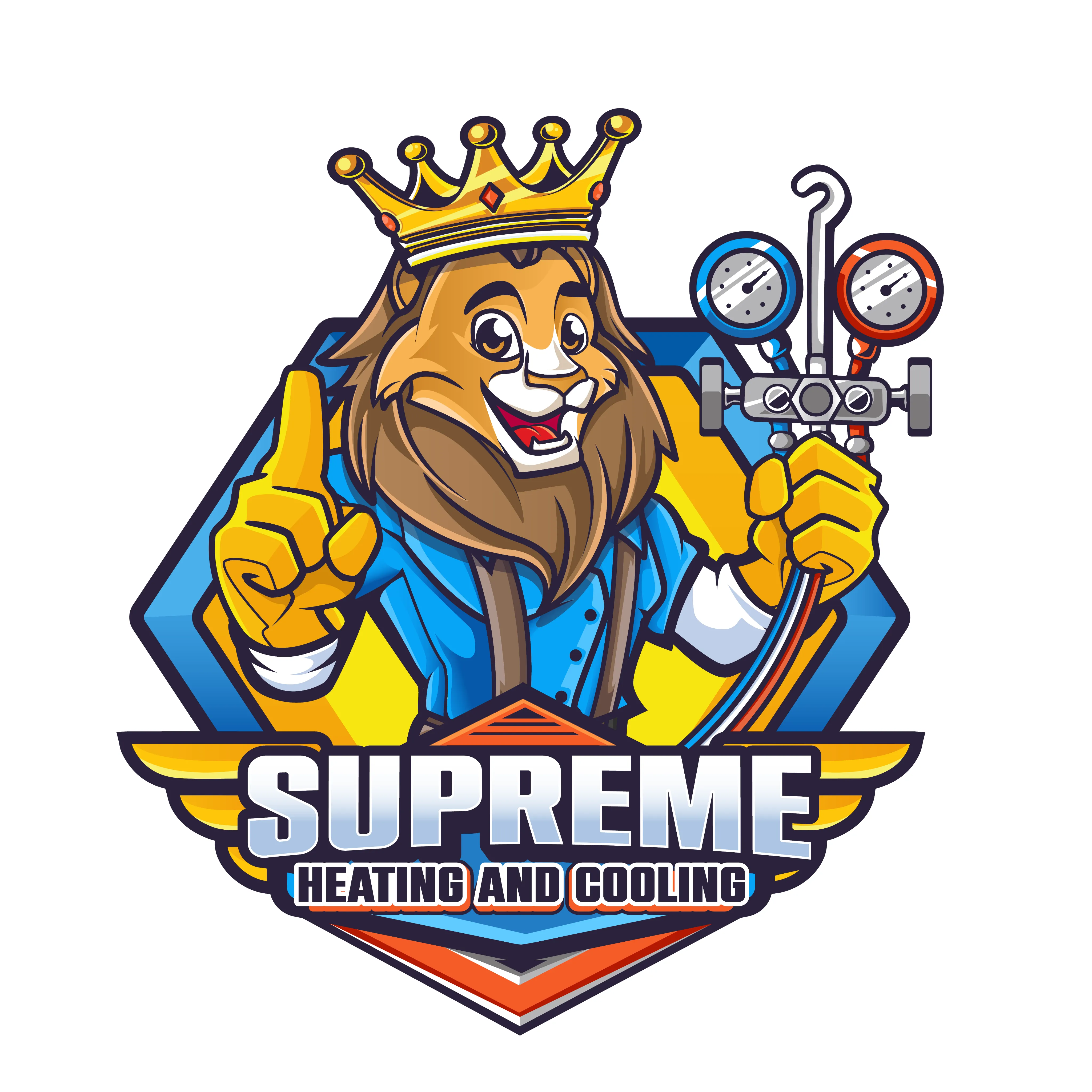When your furnace isn't producing heat, especially during the cold months in your home, it can lead to discomfort and concern. Understanding how to diagnose furnace problems can save time, reduce the inconvenience of unexpected breakdowns, and sometimes even prevent unnecessary service calls. Supreme Heating and Cooling offers a comprehensive guide to help homeowners identify common furnace issues safely and accurately, so you can determine when a simple fix is possible and when professional intervention is necessary.

Common Reasons Your Furnace Is Not Producing Heat
Furnace problems often stem from a few typical causes that homeowners encounter, especially in climates where heating demand is high. Knowing these common issues will give you a clearer perspective on what could be going wrong:
- Thermostat Issues: If the thermostat is set incorrectly or malfunctioning, the furnace may not receive the signal to turn on.
- Pilot Light or Ignition Problems: Furnaces that rely on a pilot light or electronic ignition system can fail to ignite, leading to no heat.
- Dirty or Clogged Filters: Restricted airflow caused by dirty filters makes it difficult for the furnace to operate efficiently, sometimes causing overheating and shutting off.
- Tripped Circuit Breaker or Blown Fuse: Electrical components essential for furnace operation can be powered down if a breaker trips or fuse blows.
- Gas Supply Issues: If the gas valve is closed or there is a disruption in fuel supply, the furnace won’t produce heat.
- Flame Sensor Problems: A dirty or faulty flame sensor can cause the furnace to shut down as a safety precaution.
- Blocked Vents and Ducts: Obstructions in the ventilation system can hinder warm air distribution.
- Wear and Tear on Parts: Over time, components like belts, motors, or bearings degrade and affect furnace performance.
Step-by-Step Furnace Diagnostic Guide for Homeowners
Before calling a professional, following a careful diagnostic process ensures you're aware of the furnace’s condition while maintaining safety. Supreme Heating and Cooling recommends the following checks that you can perform safely:
1. Verify the Thermostat Settings
Ensure the thermostat is set to “Heat” mode with a temperature setting above the current room temperature. Replace the thermostat batteries if needed and confirm the display is working.
2. Inspect the Furnace Power Supply
Check the circuit breaker panel for any tripped breakers linked to the furnace. Reset them if required. Confirm that the furnace switch (usually located near the unit) is turned on.
3. Examine the Pilot Light or Ignitor
For older furnaces with pilot lights, see if the flame is lit. If not, follow manufacturer instructions to safely relight it. For electronic ignitors, listen for the clicking sound when the furnace attempts to start. Absence of ignitor activity could indicate a problem.
4. Replace or Clean the Air Filter
A clogged filter restricts airflow, which can cause the furnace to shut down or not generate heat efficiently. Change disposable filters or clean reusable ones regularly.
5. Look for Gas Supply Issues
Confirm that the gas valve to the furnace is open. If you smell gas, do not attempt to fix it yourself—evacuate immediately and contact emergency services.
6. Check the Flame Sensor
If the furnace ignites but shuts off quickly, the flame sensor might be dirty. Safely cleaning it with fine sandpaper can sometimes resolve this.
7. Inspect Vents and Air Ducts
Make sure air vents inside the home and around the furnace are open and unobstructed. Blockages reduce heat circulation and furnace efficiency.
When to Seek Professional Furnace Repair Services
While homeowners can perform basic troubleshooting, certain problems require expert diagnosis and repair. Signs that indicate you should call Supreme Heating and Cooling for professional service include:
- Persistent no-heat conditions after completing basic checks
- Strange noises such as banging, rattling, or screeching from the furnace
- Frequent cycling on and off without delivering heat
- Visible signs of wear or damage on furnace components
- Strong odors, especially burning or gas smells
- Issues with the gas supply or ignition system that feel unsafe to handle
- Problems with older models prone to complex mechanical failure
Why Timely Furnace Diagnostics and Repairs Matter in Your Home
In regions with cold winters, such as many areas Supreme Heating and Cooling serves, a malfunctioning furnace impacts not only comfort but also safety. Lack of heat can lead to frozen pipes, increased energy bills from inefficient running, and health risks for vulnerable residents. Prompt and accurate diagnosis is essential to:
- Ensure efficient furnace operation and reduce energy consumption
- Prevent minor issues from escalating into costly repairs
- Maintain indoor air quality by keeping the ventilation system clear
- Protect your family’s safety with correctly functioning safety features
- Extend the lifespan of your heating equipment through proper maintenance
Maintaining Your Furnace for Reliable Heating Performance
Beyond troubleshooting, regular maintenance is a cornerstone of furnace longevity and reliability. Consider scheduling annual inspections with HVAC professionals like Supreme Heating and Cooling to:
- Clean and adjust furnace components
- Test and calibrate the thermostat and safety controls
- Inspect and clean ductwork for optimal airflow
- Identify and fix minor issues before they develop into major problems
Proper preventive care helps avoid unexpected heating failures that can disrupt your daily life when you need warmth the most.
For homeowners facing the frustrating problem of “no heat” from their furnace, understanding the common causes and how to diagnose basic issues creates confidence in managing household heating systems. Supreme Heating and Cooling combines expert knowledge with a focus on safety and efficiency to help you keep your home comfortable and warm throughout the heating season.

.svg)

.webp)


.svg)
.webp)
.svg)
